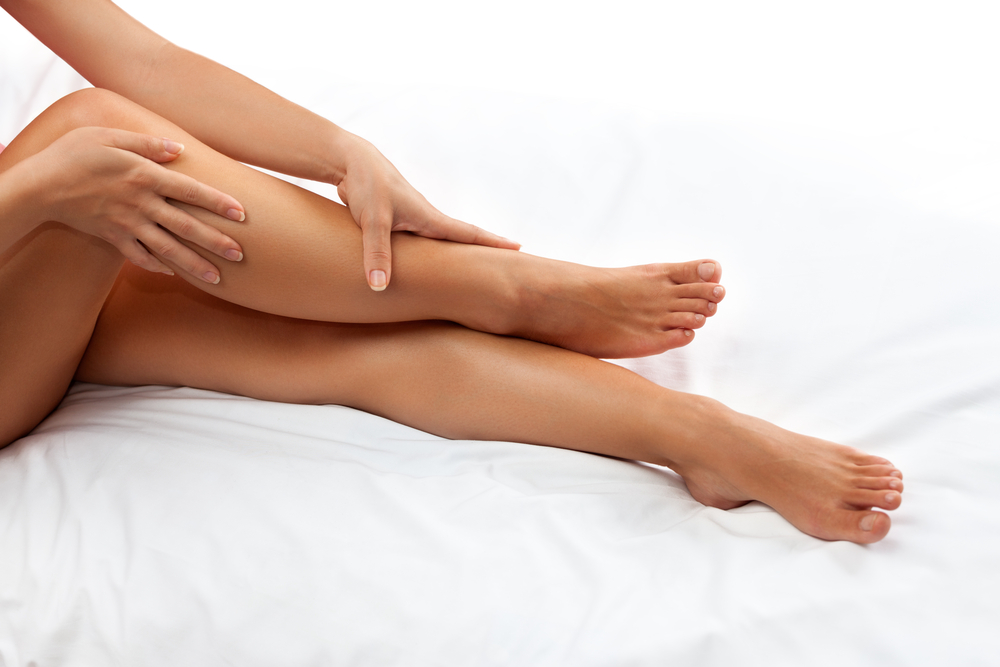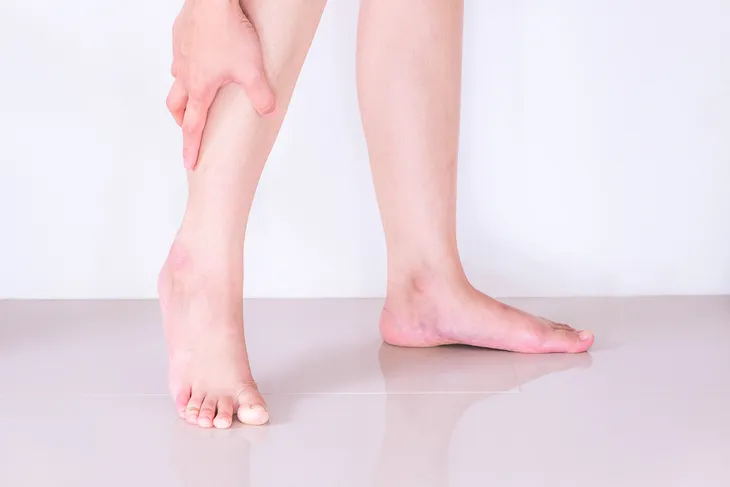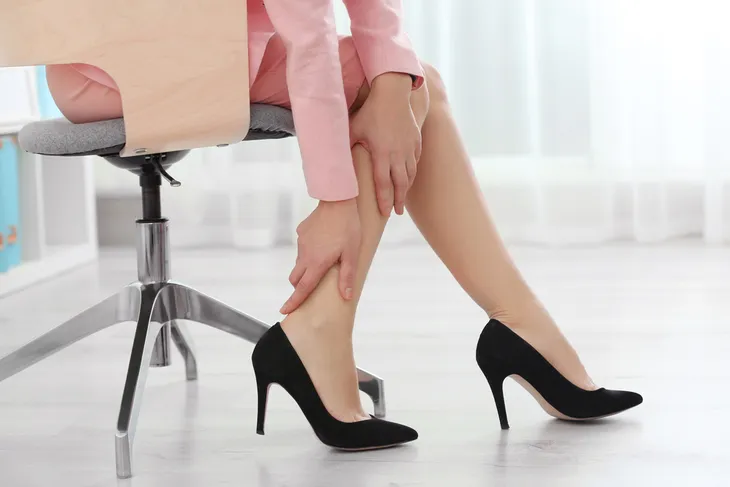Restless leg syndrome (RLS) is exactly how it sounds…you develop an urge to move your legs to alleviate unpleasant sensations. It’s usually at its worse when you’re trying your best to relax, namely when you’re trying to go to sleep for the night.
Most patients with RLS also experience involuntary jerking of the limbs while they sleep, which is referred to as periodic limb movement of sleep (PLMS). Let’s take a closer look at six signs and symptoms of RLS…
1. Uncomfortable Sensations
People with RLS are often prompted to shake or stretch their legs out to help relieve unpleasant and sometimes unusual feelings that those without the problem can’t relate to. The National Institute of Neurological Disorders and Stroke says these sensations “are often difficult to define” but can include aching, throbbing, itching, crawling, or “creeping.”
The source notes the same sensations can sometimes affect the arms, and in rare instances, the chest or head. The feelings can range in severity from patient to patient, from being annoying to outright painful.
2. Urge to Move Around
You should get up and walk around periodically when you have a desk job, but those with RLS will be prompted to do so when the feelings in their legs become too much to ignore. Moving the legs will usually curb the urge, at least for a little while.
The National Heart, Lung, and Blood Institute says those with RLS will often find themselves “jiggling” their legs, pacing, walking, stretching, flexing, tossing and turning, or even rubbing their limbs for relief.
3. Moving Provides Relief
An important thing to keep in mind is that those with RLS will usually get immediate relief by giving in to the urge to move around, notes the Cleveland Clinic. If you don’t get relief by moving, then it may be something else you’re dealing with.
The problem can be particularly troublesome for those with desk jobs, who are on a long car ride or sitting in a movie theatre. The problem can become worse at night.
4. Symptoms Get Worse Later in Day
Health.com points out that while you probably experience RLS during the daytime hours (sometimes severely), it becomes most bothersome in the evening hours. In fact, the source adds, “Symptoms worsening in the evening is another one of the criteria necessary for an RLS diagnosis.”
If your RLS is not at its worse in the evening hours, then it might not be RLS at all. These symptoms can continue to worsen, even when you’re trying to relax and getting ready to fall asleep.
5. Discomfort Continues During Rest
Those with RLS often report the worsening of symptoms when they’re inactive for periods of time, including while they’re sleeping. WebMD explains periodic limb movement disorder, which is often linked to RLS, is a “repetitive cramping or jerking of the legs during sleep.”
The source says the movements can occur every 20-seconds or so (which may also be an annoyance to a co-sleeping partner). These movements can disrupt sleep, and those with this particular condition often feel tired during the day. Of note is that while 80-percent of people with RLM also have periodic limb movement disorder, the same is not true in reverse.
6. Iron Deficiency May be Related
The University of Maryland Medical Center notes that up to 33-percent of patients with RLS may have low iron levels, “even at a level too mild to cause anemia.” It may not be from inadequate intake of iron-rich foods, as the source explains there’s research that suggests “that RLS in some people may be due to a problem with getting iron into cells that regulate dopamine [levels] in the brain.”
Meanwhile, treatment for RLS often includes iron supplementation, if that problem has been identified by a doctor. There are other remedies, such as prescription anti-seizure medications, that have been shown to provide relief (but with possible side effects of sleepiness and dizziness).









